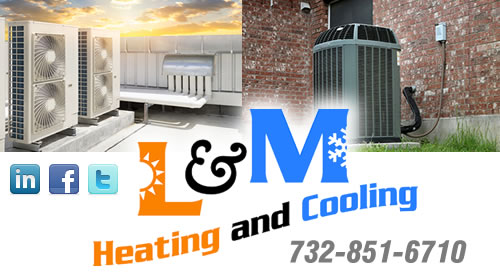Air conditioning and heating units are vital parts of your home, so it’s important to care for them properly and replace them when needed. New units should always be installed by professionals. A typical furnace install can take anywhere from four to ten hours, depending on your specific unit. A typical air conditioner unit install takes anywhere from four to eight hours. But what exactly is involved in replacing an air conditioning or heating unit? This is what you can expect when calling L&M Heating and Cooling to install a new air conditioning or heating unit in your home.
The Installation Process
When the heating and cooling installation professionals come to install your new unit, the general process can vary slightly depending on what type of unit is needed for your home. You should always prepare for your installation appointment by clearing the area where they will be working and keep your pets and small children a safe distance away. Here is a general overview of what will happen during your installation.
Air Conditioning Install
- The old unit will be removed.
- The duct systems will be prepared.
- The installation site will be prepared with the support system necessary for your specific type of unit.
- The new unit will be positioned and installed.
- The thermostat will be installed.
- The new system will be charged with refrigerant.
Furnace Install
- The old unit will be removed.
- The new unit will be aligned to ductwork.
- The unit will be attached to the return.
- The plenum will be reattached.
- The gas line will be reconnected and checked.
- Spent fuel gases will be removed from the flue pipes.
- The thermostat will be reconnected.
- The power supply will be reconnected.
After your new units are installed, the technicians will perform a thorough inspection and make sure everything is working properly. Call L&M Heating and Cooling today with any questions regarding replacing an air conditioning or heating unit in your home.

